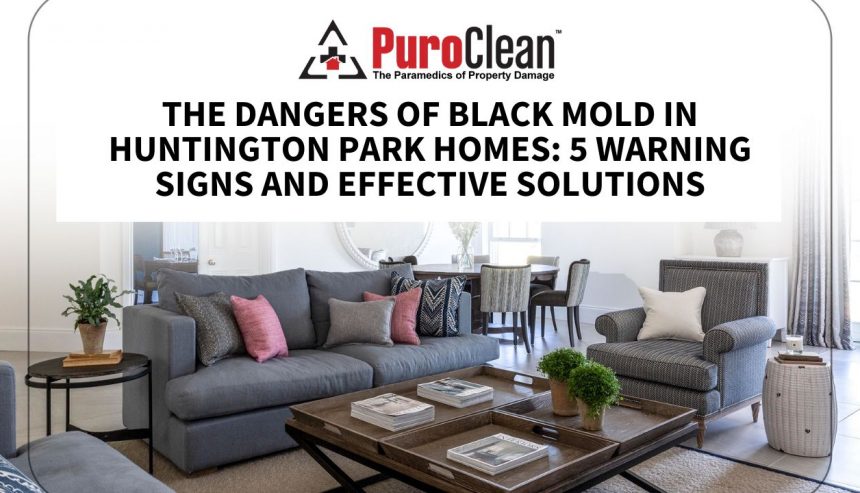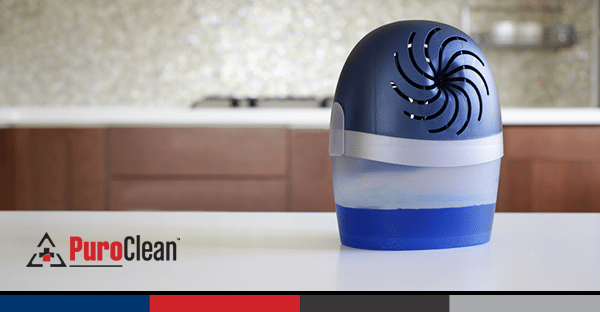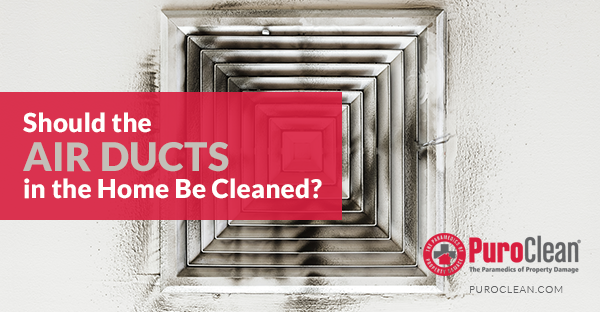Table of Contents
Black mold can pose serious health risks, especially in homes like those in Huntington Park where humidity can foster its growth. Understanding the dangers of black mold and knowing how to spot it early are critical for maintaining a safe living environment. This blog will help you identify black mold, explore its health hazards, and offer practical steps for remediation.
What is Black Mold?
Black mold, or Stachybotrys chartarum, is a toxic fungus that thrives in moist, warm environments. Huntington Park’s warm climate and occasional humidity make homes here susceptible to black mold infestations, especially in areas prone to water leaks or poor ventilation.
While not all mold is harmful, black mold releases mycotoxins that can lead to a variety of health issues. If you suspect black mold is present in your home, it’s crucial to address the issue as soon as possible to avoid long-term exposure to these toxins.
Health Hazards of Black Mold
The dangers of black mold go beyond surface damage to your property. Prolonged exposure to black mold can lead to severe health problems, particularly in children, the elderly, and individuals with respiratory conditions. Here are some of the most common health risks associated with black mold:
- Respiratory Issues: Breathing in black mold spores can irritate your respiratory system, causing coughing, sneezing, and wheezing. Those with asthma or allergies are particularly vulnerable to black mold exposure.
- Chronic Fatigue and Headaches: If you find yourself constantly feeling tired or suffering from unexplained headaches, black mold may be the culprit. These symptoms are common in individuals exposed to mold for extended periods.
- Allergic Reactions: Black mold can trigger allergic reactions such as skin rashes, itchy eyes, and runny noses. These symptoms often worsen the longer you are exposed.
- Severe Health Complications: In extreme cases, black mold can cause serious infections, particularly in individuals with compromised immune systems. It can also lead to more severe conditions like pulmonary hemorrhage.
How to Recognize Black Mold in Your Home
Black mold can be sneaky, growing behind walls, under floors, or inside air ducts where it isn’t immediately visible. However, there are some clear signs that you may have a black mold problem in your home:
- Musty Odor: One of the first signs of mold is a persistent musty smell, especially in basements, bathrooms, or kitchens where moisture tends to accumulate.
- Visible Dark Patches: Black mold often appears as dark green, black, or brown patches on walls, ceilings, or even furniture. If you notice any discoloration on damp surfaces, it’s time to investigate.
- Peeling or Bubbling Paint: Mold growth can cause moisture buildup in your walls, leading to peeling or bubbling paint. If your paint job is suffering, it could be due to hidden mold.
- Water Leaks or Flooding: Homes that have experienced leaks or flooding are particularly at risk for black mold. Even after the water has been removed, the dampness left behind creates the perfect breeding ground for mold.
- Health Symptoms: If you or your family are experiencing unexplained allergic reactions, respiratory issues, or chronic fatigue, black mold could be the cause.
Steps to Take for Black Mold Remediation
If you’ve identified signs of black mold in your Huntington Park home, taking immediate action is essential. Black mold won’t go away on its own and can worsen over time, posing greater health risks the longer it remains. Here’s what you can do:
1. Assess the Damage
The first step in mold remediation is determining the extent of the infestation. Small patches of mold can sometimes be handled with household cleaning products, but larger infestations require professional intervention. It’s always a good idea to contact a mold remediation expert, like PuroClean of Huntington Park, to assess the situation thoroughly.
2. Eliminate Moisture Sources
Since black mold thrives in damp environments, eliminating moisture is critical. Fix any leaks in your plumbing, roof, or windows. Consider investing in a dehumidifier to maintain optimal indoor humidity levels. For more tips on preventing mold growth through humidity control, check out this resource on moisture control.
3. Contain the Mold
If you’re dealing with a significant black mold problem, it’s important to contain the mold to prevent it from spreading to other areas of your home. This step is best handled by professionals, who can seal off affected areas during the cleanup process.
4. Professional Mold Remediation
For large mold infestations, DIY solutions won’t cut it. Professional mold remediation services like those offered by PuroClean of Huntington Park are the safest and most effective way to remove black mold. Experts use specialized equipment to eliminate mold and prevent it from returning.
5. Prevent Future Growth
Once the mold is removed, it’s essential to take steps to prevent it from coming back. Regularly check for leaks, improve ventilation in moisture-prone areas, and keep indoor humidity levels low. For additional guidance on long-term prevention, consider reading this guide to mold prevention.
Conclusion
The dangers of black mold in Huntington Park homes are serious, but with early detection and the right remediation steps, you can protect your family’s health and keep your home mold-free. By recognizing the warning signs, eliminating moisture, and seeking professional help when needed, you can ensure your home remains a safe and healthy place.
Remember, black mold is not something to ignore. If you suspect mold in your home, take action today. Call PuroClean of Huntington Park for expert mold remediation services that will give you peace of mind and a cleaner, healthier living environment.




 PuroClean of Huntington Park LA
PuroClean of Huntington Park LA